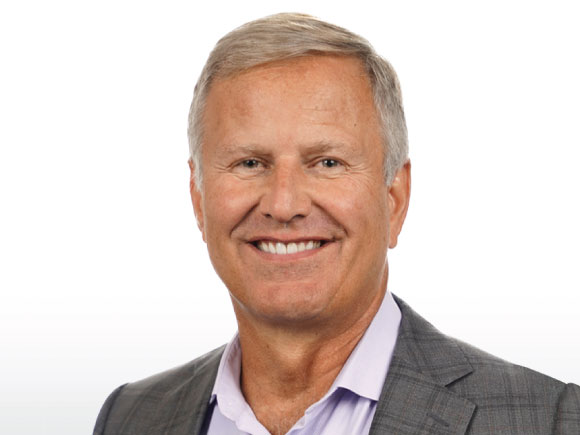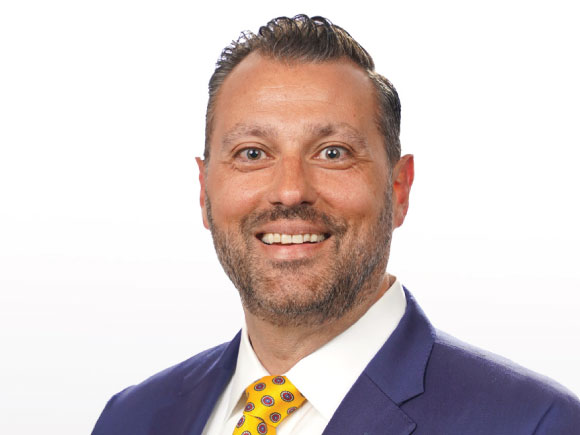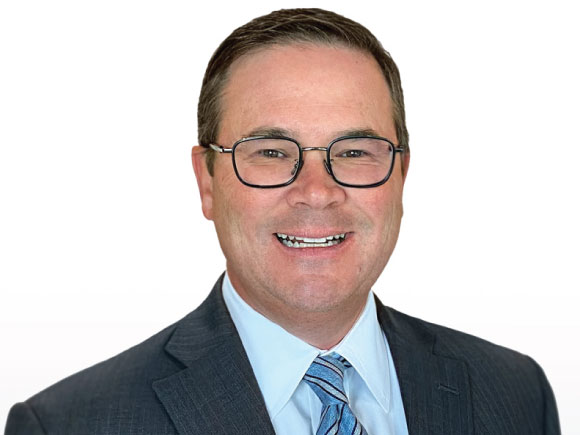Healthcare
How we help
Thriving in the healthcare industry requires constant improvement and innovation. Huron works with you to rethink what's possible for your organization before putting it into practice with the right people, processes, and technology. Core areas where we help:
Markets we serve
Huron’s industry-specific and technical expertise is reflected in the diverse range of clients we serve across the healthcare continuum, including:
- Academic health systems
- National health systems
- Regional health systems
- Community health systems
- Federal health systems
- Public health systems
- Ambulatory (pre- and post-acute)
- Cancer centers
- Children's health systems
- Critical access hospitals
- Payors
Connect with an expert
Thinking about joining?
We see what’s possible in you and help you achieve it. Join Huron, where our culture inspires, supports, and rewards you so you can achieve your full potential.
Apply Today to Be Right Where You Belong






















